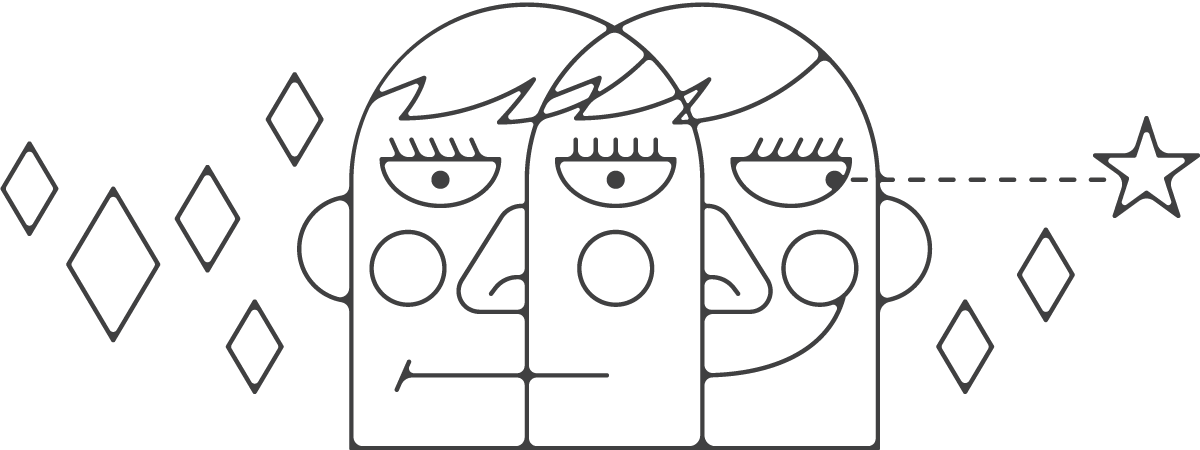Many businesses are so caught up in the day-to-day of pushing out their message and reaching for more revenue, they forget to consider the actual mental state of their audience.
Ex. When you’re in a conversation and the someone is telling you a story. You can become distracted by the environment or simply your mind begins to wander. It’s not your fault, it’s human nature.
Why would your audience be any different?
The two main functioning states of your brain are conscious and unconscious (sometimes referred to – although different – as the ‘subconscious‘). Why does this matter? While your friend is telling you a story, your wandering (unconscious) mind is picking up all that is around you. This “wandering” you feel is simply your conscious mind bored or unengaged that it begins to acknowledge these findings. Let’s say halfway through the story, your friend says they were attacked by a giant bear. Well now your conscious mind finds interest and snaps right back to focus.

Understanding that an estimated 90% of any individual’s day is gone about in “autopilot”, a brand should see the importance of interacting with that 10% of piloted thought. Unfortunately, it seems like most advertising and marketing dollars are spent on adding to the white noise that the autopilot acknowledges, but ignores and doesn’t pass on to the conscious mind due to it not being deemed important enough for spending extra time and energy on.
This fact is rooted in the simple complexity of human behavior and is precisely why we should focus on awakening that conscious mind in our audiences so they deliberately take note of their interactions with the brand. (This is how a brand “sticks”)
A good brand tells a story.
A great brand awakens the conscious mind by evoking emotions through context.
To entice the mind of your consumer to take note consciously, there are many implementational tricks. But the underlining principle is context. A business that is aware – of the environments, political climates, viewer preferences (psychographics), interaction behavior, and more – has the advantage of creating the surprise and delight in context for each platform that the brand can express itself through. Just as a person acts differently in a board meeting than they do at a bar or a bar mitzvah, a brand should read the room and share their message/story accordingly. And do it in a way that snaps the attention of the audience out of their autopilot mode.

